Malignancies of the urinary system
See all of the Nephlix videos Custom animated narrations created by Dr. Mroch
MS1 Musculoskeletal Exam
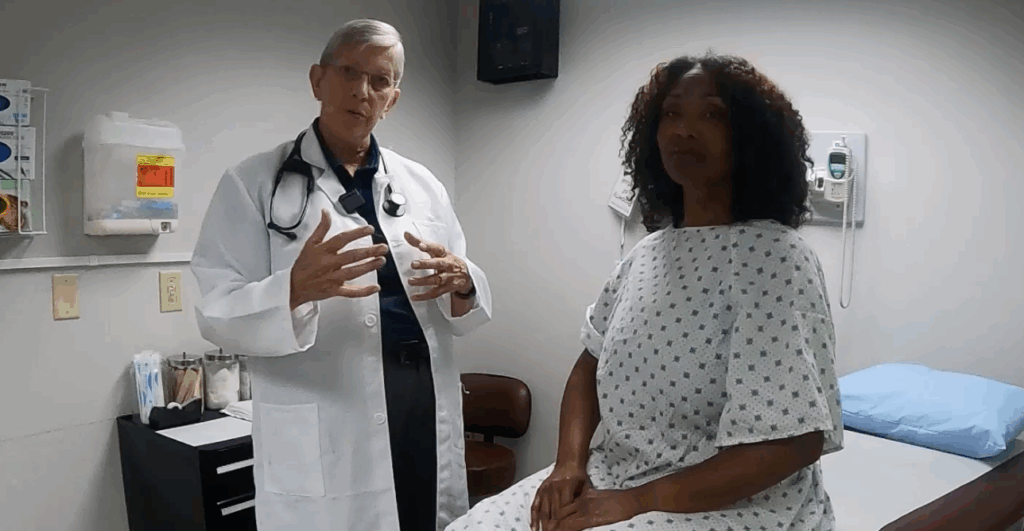
MS1 Chest Exam
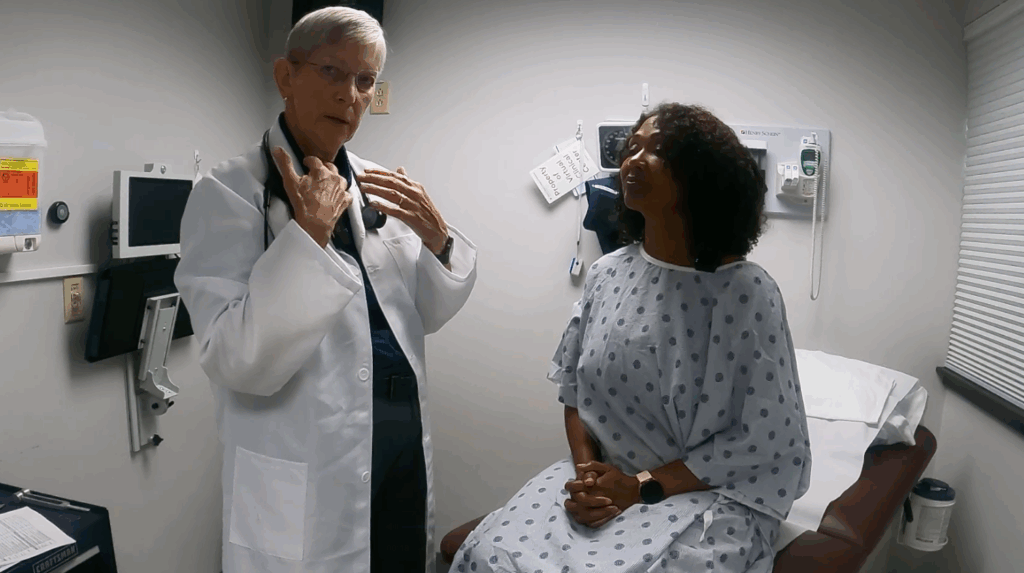
MS1 Cardiovascular Exam
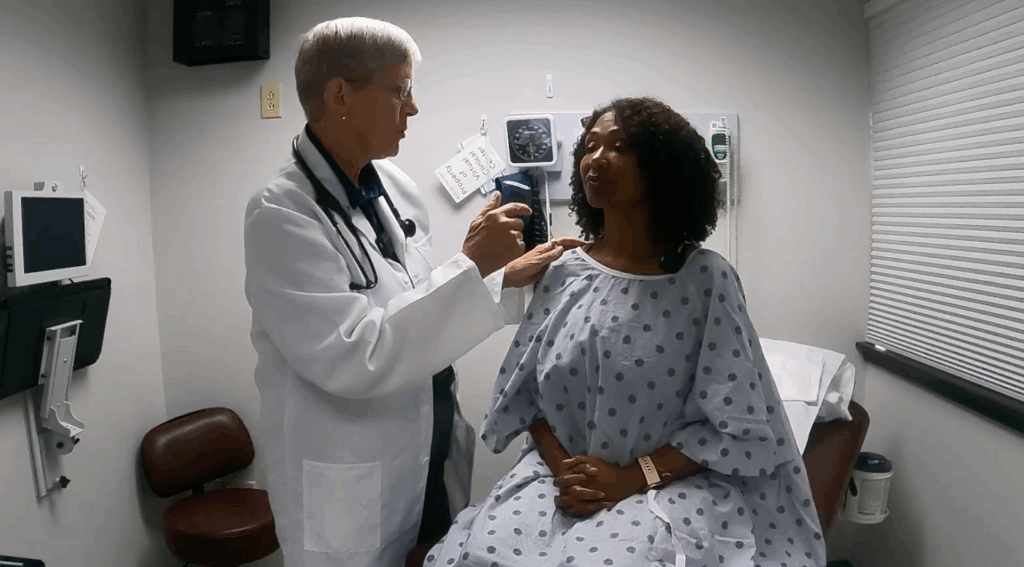
Malignancies of the urinary system
MS1 Vital Signs
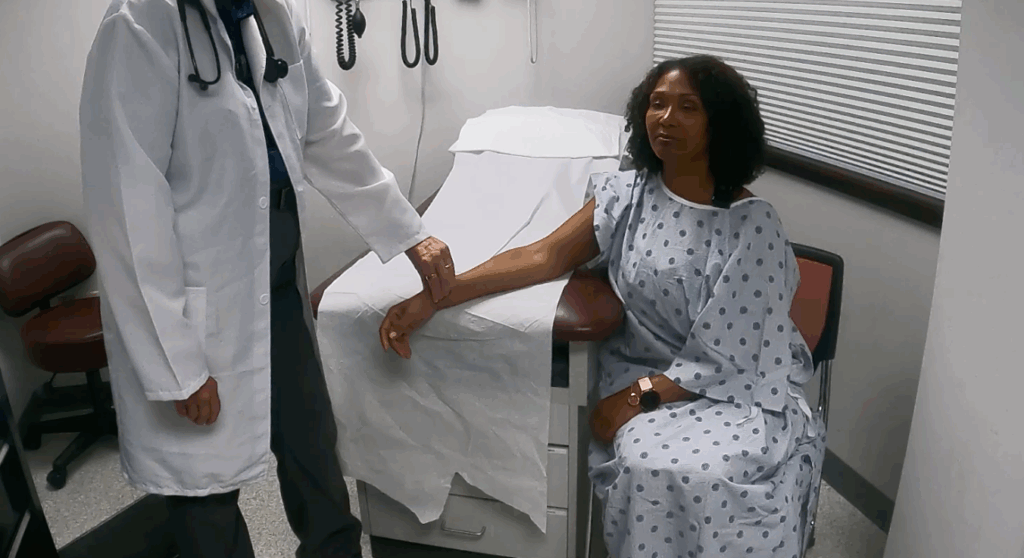
Crystalopathies and mimickers
Optional resources Anki Unzip the downloaded file, then open the .apkg file in Anki as usual. Or, you can download it directly from the session in E.Flo MD.
MS1 Abdominal Exam
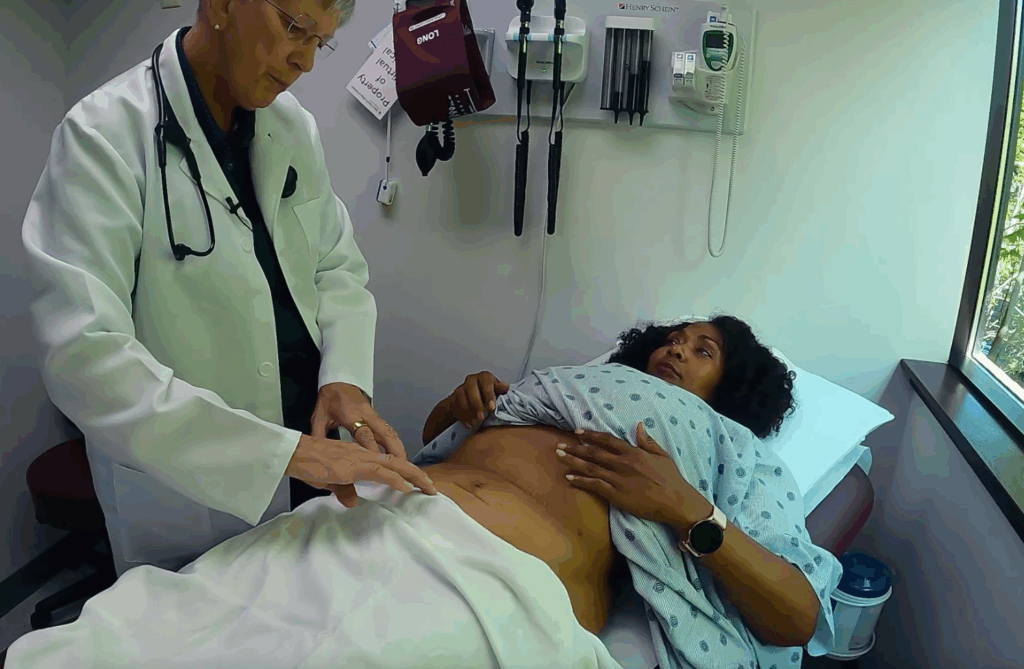
Orbit, eyelids, and lacrimal apparatus
Optional reading Clinically Oriented Anatomy, 9th ed., Head chapter, Orbits, eyeball, and accessory visual structures section through Lacrimal apparatus; Extra-ocular muscles of orbit section through Surface anatomy of eye and lacrimal apparatus. The orbit is the bony “eye socket” that contains the eyeball, extra-ocular muscles, nerves and vessels, and the lacrimal gland. It is protected […]
Final Thoughts: Extreme Weather Hazards
In this module, we explored how extreme weather events—supercharged by climate change—translate into profound challenges for public health. You learned how heavy storms and floods can injure and kill in the blink of an eye, set off domino effects like disease outbreaks (e.g., post-hurricane infections), and disrupt healthcare systems. We saw that droughts can be […]